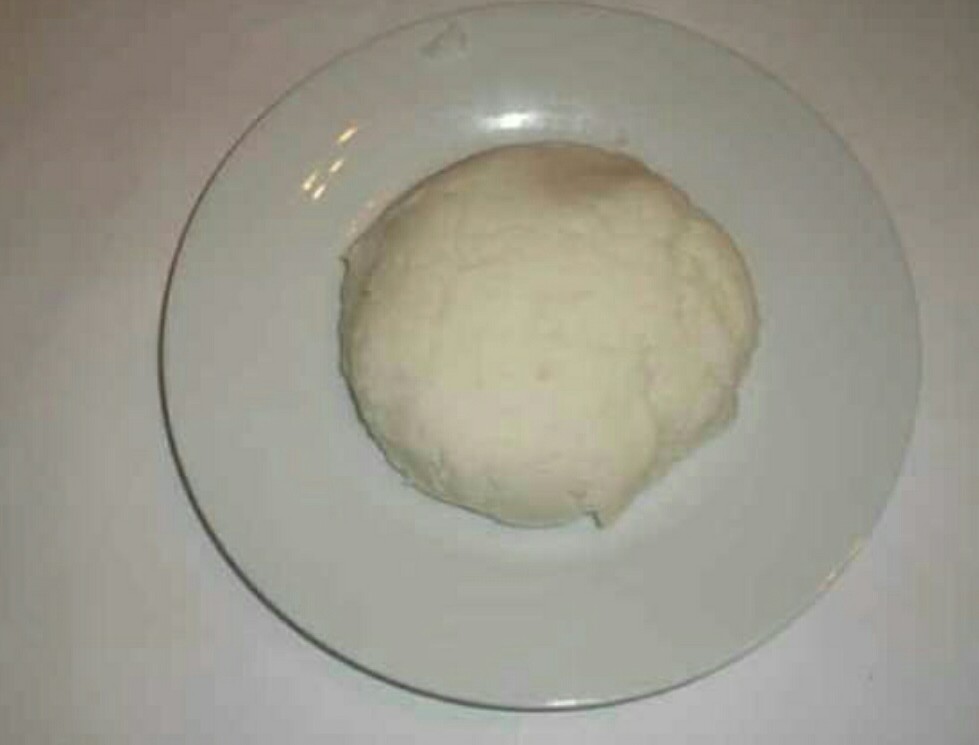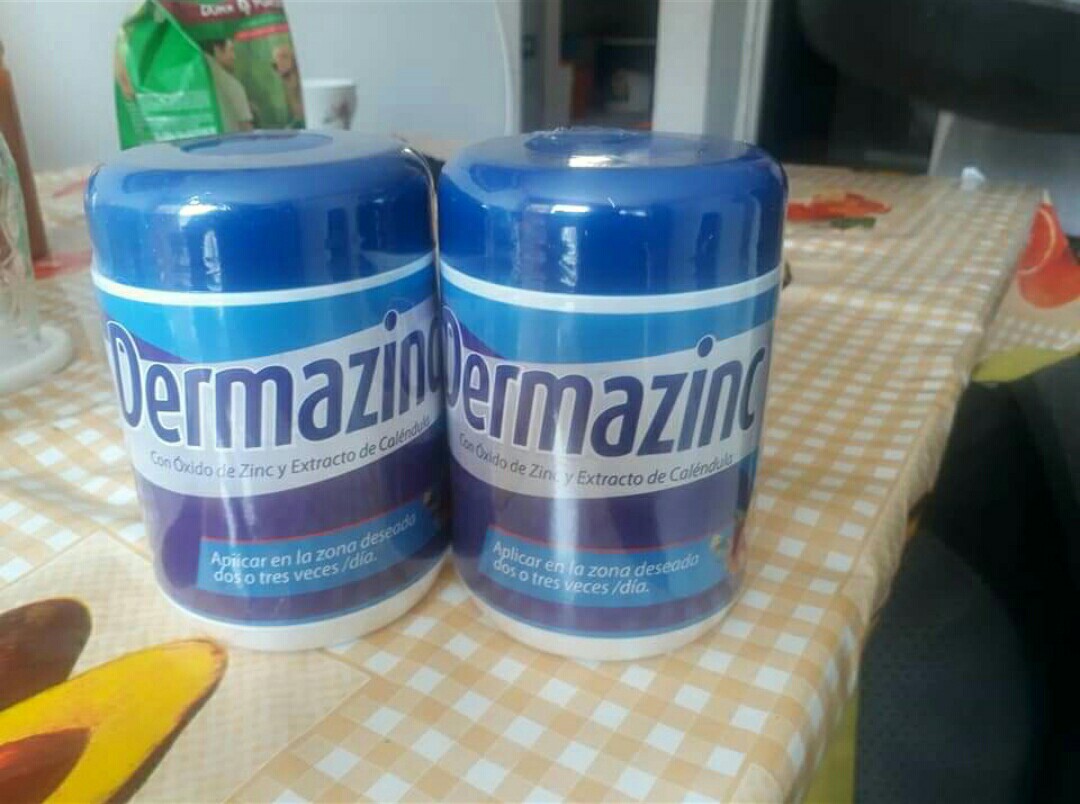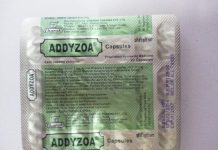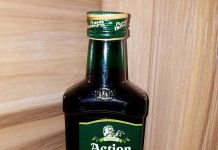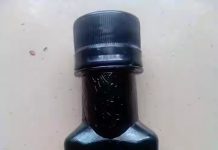Dermazin: Composition, Indications, Contraindications, Side Effects, Dosage, Cost
Composition:
Each 100g of cream contains 1g of micronised silver sulfadiazine in a hydrophilic base.
Action: Dermazin is a local chemotherapeutic for prevention and treatment of burn wound infections.
Silver Sulfadiazine disintegrates in the burn wound, thereby causing a slow and sustained release of silver ions. Silver ions bind to bacteria desoxyribonucleic acid, thus inhibiting the growth and multiplication of bacterial cells without affecting the cells of the skin and subcutaneous tissue.
Dermazin cream has a broad antibacterial spectrum including virtually all microbial species likely to infect the burn wound: Escherichia coli, Pseudomonas aeruginosa, staphylococcus Aureus, strains of Proteus and Klebsiella; it is also effective against Candida albicans and other fungi. Dermazin penetrates into the necrotic tissue and exudate. This effect is very important in view of the fact that systemic antibiotics are not effective against the bacterial flora of the vascular burn necrosis.
Indications:
Treatment and prevention of burns wound infections and infected dermal defects, including bed sores and deep neglected wounds.
Contraindications
The use of Dermazin is contraindicated in premature infants and neonates because of possible kernicterus. Dermazin should not be used in pregnancy, except in cases when the potentially life-saving benefits of the medication outweigh possible hazard to the fetus.
Precautions
Caution is required in the presence of hypersensitivity to sulphonamides because of possible allergic reactions, in patients with inborn glucose – 6- phosphate dehydrogenase deficiency, as hemolysis may occur after the application of the cream to the large body surface area, as well as the presence of hepatic and renal dysfunction. When treatment with Dermazin cream involves prolonged administration or large burn surfaces, the white blood cell count should be monitored, as leukopenia may occur.
WARNING
Elevation of body temperature occurring in children during the first days of treatment is unrelated to dermazin administration and should not lead to the discontinuation of therapy.
SIDE EFFECTS
In prolonged treatment of burn wounds involving extensive areas of the body, the serum sulfonamide concentrations may approach the levels equal to those in systemic treatment.
DOSAGE AND ADMINISTRATION OF DERMAZIN
An appropriate treatment regimen is promptly instituted after evaluating the extent and depth of the burn wound. After the burned area is cleaned and debrided, dermazin cream is applied to a thickness of 2-4mm to the burned area or, preferably, the cream is applied to sterile gauze which is placed over the burn wound. The cream is applied by a sterile spatula or gloved hand. The burned areas are usually covered with cream once daily, in a severe burn wounds the cream is reapplied daily. Duration of superficial burn treatment depends on the injury ranging from several days to one month at the most. Surgery is required only if healing occurs after one month of treatment with dermazin.
Prior to each reapplication of the cream, the burn should be washed in shower or with an antiseptic solution to remove remnants of cream and wound exudate which are abundant after dermazin application, resembling pus in colour but actually aseptic. Dermazin cream in jars intended for repeated application one patient only. The application of the cream is painless. It does not stain clothes and bed linen.
PRESENTATIONS:
Tubes of 25g of cream
Tubes of 50g of cream
Jars of 250g of cream
Jars of 500g of cream

COST OF DERMAZIN
A tube of dermazin cream cost around #1,000 – #2,000 Naira…. And they are available in pharmacies across Nigeria. The price of dermazin depends on the volume of the tube you are buying.
















